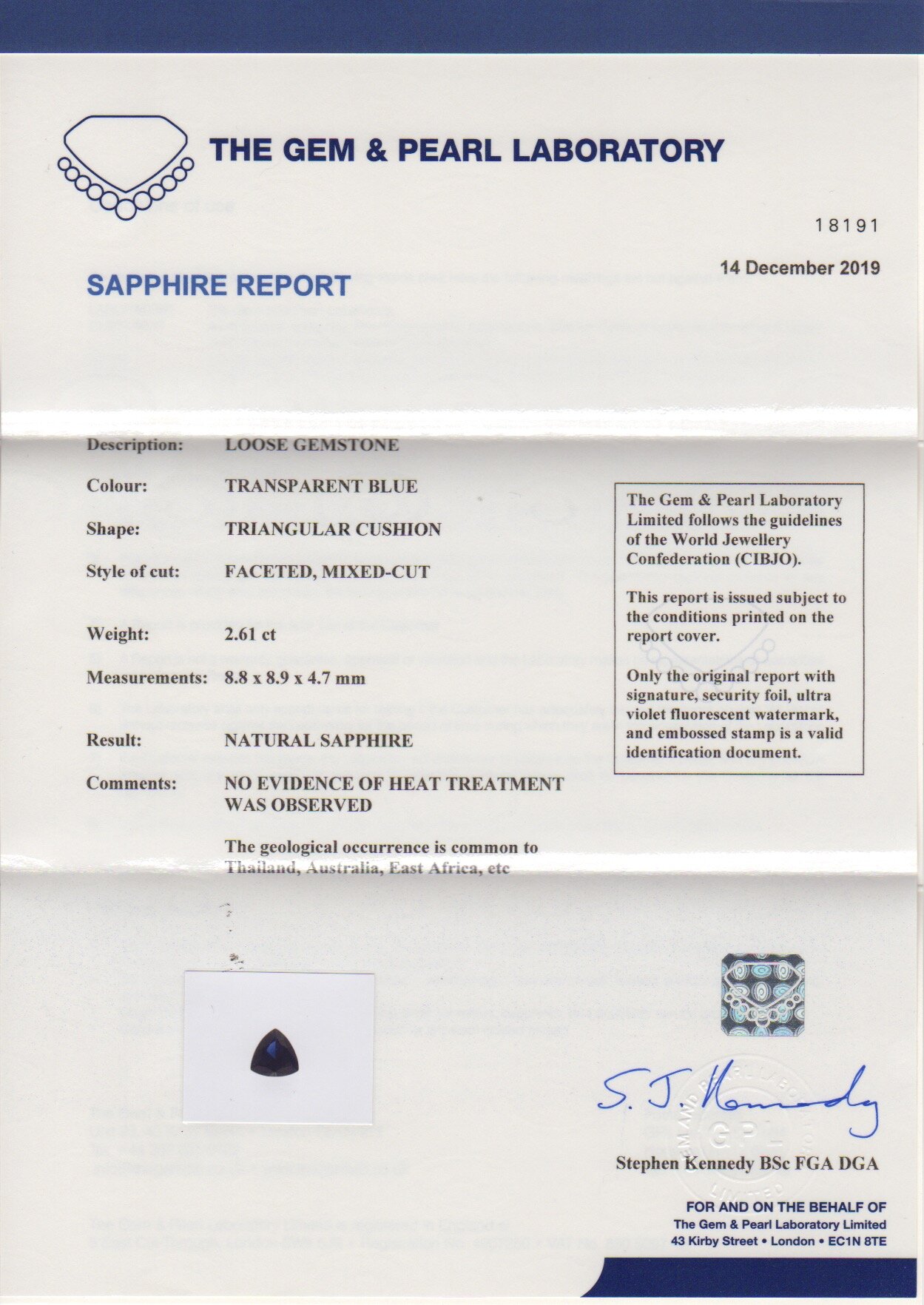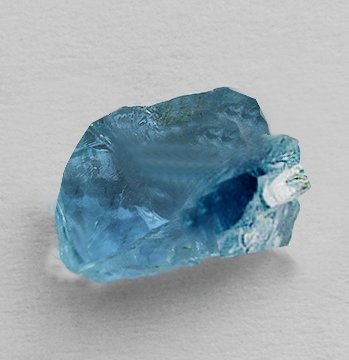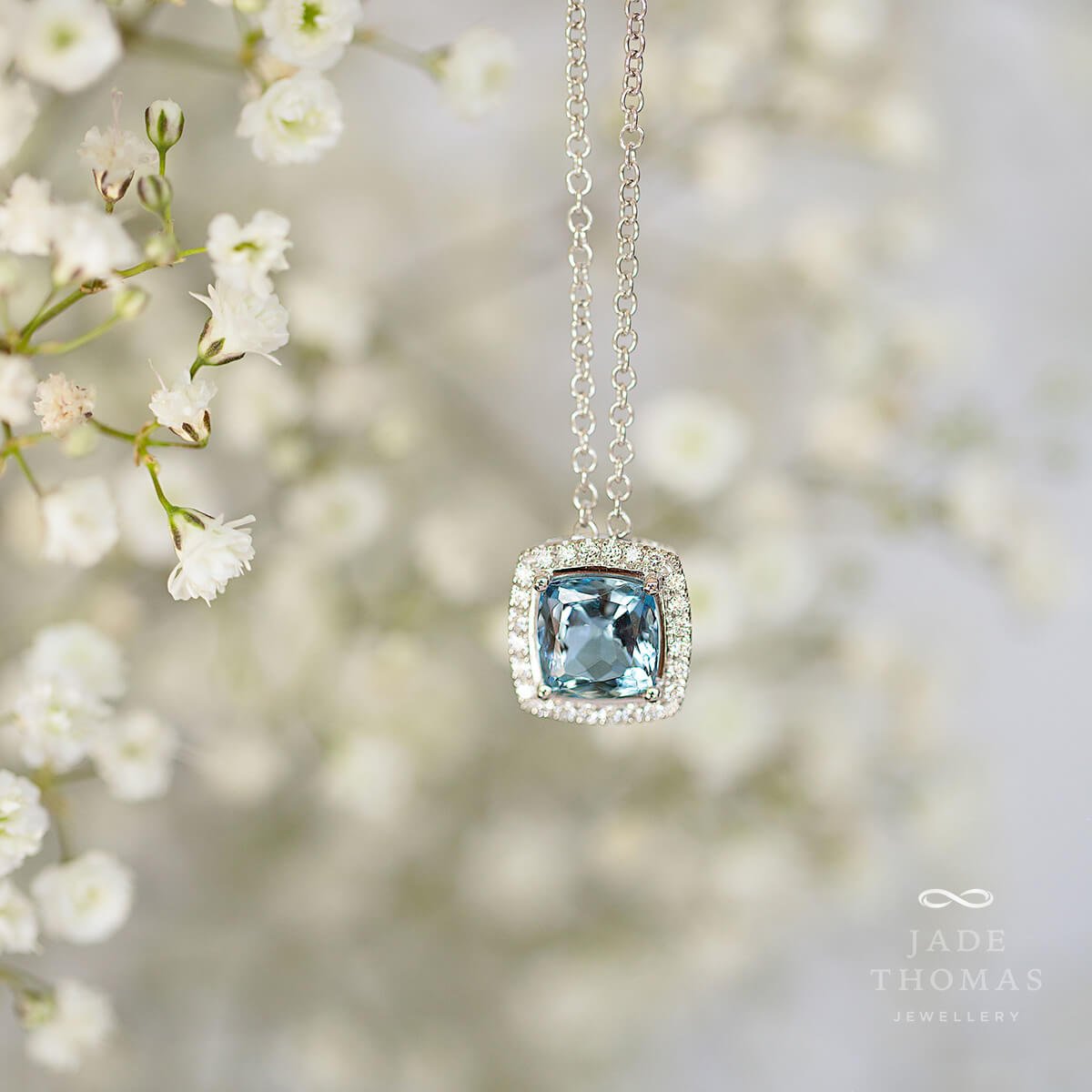The Tanzanite in this pendant:
This beautiful trillion shaped Tanzanite is 8.86mm high x 8.57mm wide x 6.62mm deep.
This Tanzanite was mined on the 5th July 2017. Mining Location: Block D, Merelani, Tanzania
It was cut by master cutters in Tanzania and then sent for laser inscription and GIA certification in Kenya.
I purchased it on the 17th August 2017.
Here is the rough before cutting.
Here is the stone after cutting.
Gem Certificate
Mining Report
About Tanzanite:
Tanzanite is the blue/violet variety of the mineral species Zoisite. It was discovered in 1967 in the foothills of Mount Kilimanjaro, Northern Tanzania. In 1968 the President and Chairman of Tiffany & Co. changed its name from Blue Zoisite to “Tanzanite” after the country it was discovered and declared it to be “the most important gemstone discovery in 2000 years.”
Tanzanite has only one source in the world - and it is rapidly running out! The top (AAA) Tanzanite quality is already extremely limited and continues to become more so. Meanwhile, Tanzanite has become the second fastest selling coloured gem stone in the world - the demand is extremely high. As Tanzanite supplies continue to diminish, the higher the price goes. This has already been happening for a number of years. When the source is mined out (probably within 20-30 years) the speculation is that it will be irreplaceable and the price will skyrocket for high quality pieces.
There exists, in Tanzanite mining lore, a rare class of stone the miners call “Nadra”, meaning “The Rarest” in their native Swahili. A miner may find only a handful of these coveted crystals in a year. These Tanzanites have a colour not normally seen in the main market. Their colour is beyond the normal grading scales.
Just as certain gem types have their pinnacles - blue sapphire from Kashmir for example has a colour saturation and tone mix that makes it unique and highly coveted, not only for its rarity but superior beauty. This is how these particular stones are regarded.
The Tanzanites I purchase are cherry picked from the mouth of the mine by a GIA Gemologist, chosen out of literally thousands of carats of Tanzanite production. This gives my Investment Grade Collection a pedigree that very few people will ever own or even see. If you are looking for jewellery in the highest grade in Tanzanite, the very top 1%, I can source them.
Caring for Tanzanite
Tanzanite is not a gem that should break easily but due to its relatively low score on the Mohs Scale of hardness (6) it can scratch more easily than other gems like Ruby and Sapphire.Due to Tanzanite's relative softness, it should be treated with respect. Gems with a hardness of 6-7 or greater are quite suitable for rings which are worn occasionally. But for a ring like a wedding or engagement ring, intended for everyday wear over a period of years, a hardness rating of 8-10 is recommended. To clean it, never use an ultrasonic cleaner or steam cleaner (often found in jewellers). The best method is simply to use a toothbrush and warm, soapy water.
How is Tanzanite formed?
Many hundreds of millions of years ago, shifting plates caused a massive upheaval in the earth’s crust forcing it upwards over 19,000 feet to form the majesty of what is known today as Mount Kilimanjaro, Africa’s highest mountain. The visual feast of the ice capped peak towering over endless plains of wildlife has mesmerised many over the centuries but what was created below ground as the volcano erupted continues to mesmerise a few who are lucky enough to own a piece of it – Tanzanite!
The eruption created the unique set of conditions in the earth for this wonderful gem to form over 500 million years ago. Heated ground waters circulated through rock fractures, dissolving minerals from the surrounding rocks and redepositing them in open spaces like fractures. Here as the rock folded with time, the heat and pressure grew to a level where it was possible for Tanzanite to form. Much of the first crystal formations would have been destroyed by the folding rock over the ages or by a change in temperature or pressure but some survived and the pair of crystals pictured on the left were amongst these. They were chiseled out of the rock several hundred feet down by resolute miners and brought up to the surface.
In their rough state they were a mixture of the 3 colours locked within them – violet, reddish brown and blue and would not unleash the fiery violet blue you see in the cut pieces until they had been heated at 600 degrees centigrade – almost a tribute to the fiery eruption from which they were born.










































